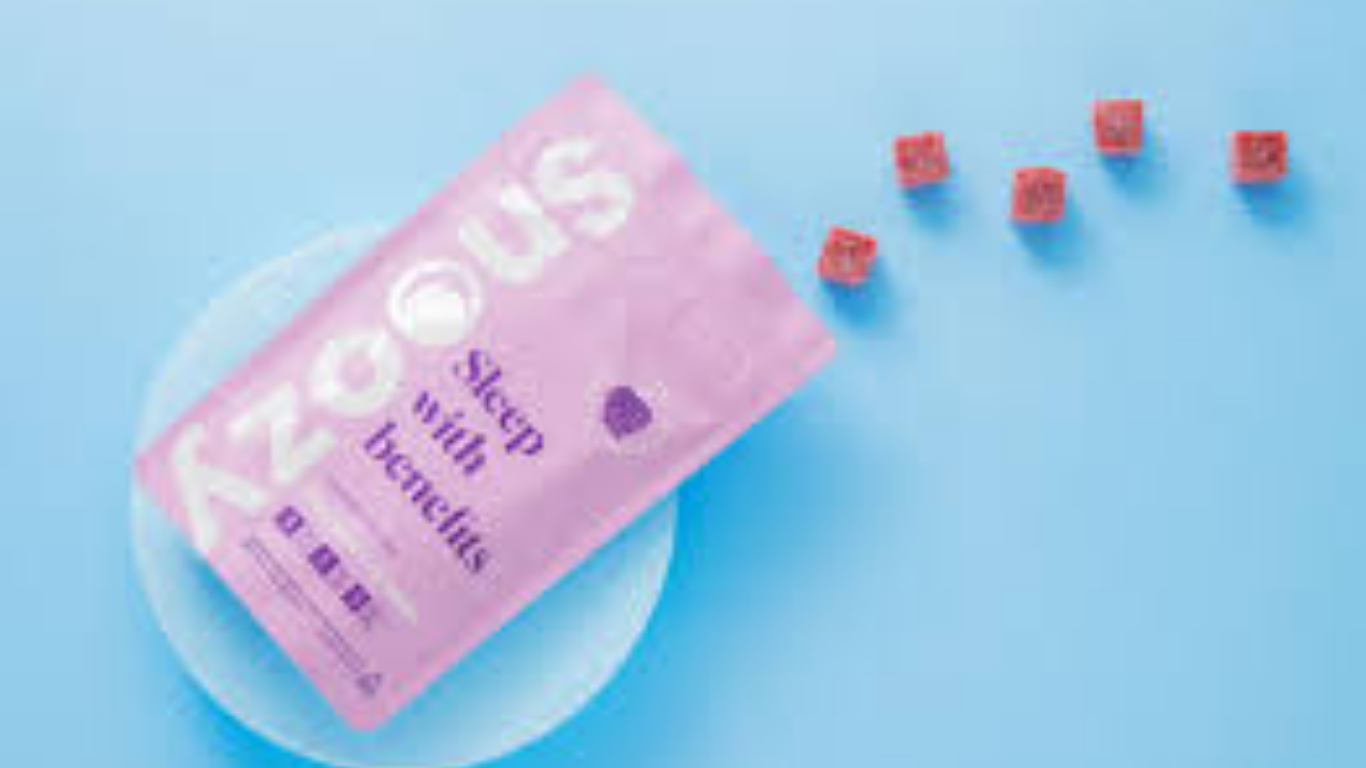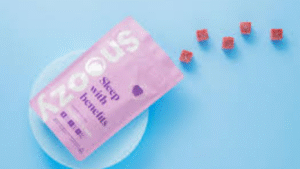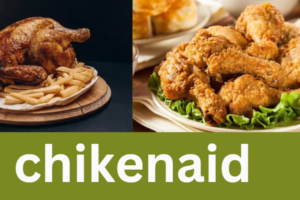Examining the joke that sparks other jokes nyt
Welcome to the playful world of comedy, where one laugh can set off a chain reaction of chuckles! In this article, we dive into a fascinating phenomenon that has entertained people for ages: the joke that inspires even more jokes. This isn’t just about punchlines and clever setups; it’s about how humor evolves, spreads, and sometimes even becomes contagious, sparking creativity in others. From classic one-liners to trending memes, we’ll explore how a single witty comment can unexpectedly become the focal point for further comedic genius. So, grab your favorite snack—preferably one you won’t accidentally choke on while laughing—and join us as we unravel the connections between jokes of the past and the present. Get ready for some fun insights, amusing stories, and maybe even a few original jokes sprinkled in!
For those who love solving puzzles, understanding the link between jokes and crossword puzzles can be a game-changer. If you’ve ever encountered a joke that leads to more jokes, especially in NYT crosswords, then you’re already ahead of the game.
NYT crossword clue: Introduction to the joke that sparks other jokes nyt:
Have you ever come across a crossword clue that made you laugh or left you puzzling over its cleverness? The clue “joke that sparks other jokes nyt” from the NYT crossword is one such example. It’s a playful nod not just to wordplay enthusiasts but also to those who appreciate humor’s cascading effect—how one joke can lead to another, creating a ripple of laughter.
Whether you’re an avid crossword solver or just someone who enjoys a good laugh, getting to the heart of this clue can add a new level of enjoyment to your puzzle-solving experience. Let’s dive in, explore what this clue might mean, and see how humor has its special place in our favorite crossword puzzles. Prepare to peel back the layers of this witty and engaging challenge!
Comprehending the Hint: What Does It Signify?
The phrase “joke that sparks other jokes nyt” is fascinating because it suggests a type of humor that creates more fun through the process of coming up with the joke itself.
To fully grasp this concept, though, requires looking beyond the surface. These kinds of jokes often act as setups for puns or punchlines, and they frequently appear as a series of interconnected jokes, like one long, continuous thread of humor.
In crossword puzzles, clues like this can be both funny and tricky. They test not just your knowledge of puns, but also your understanding of cultural references and how different styles of humor connect. It’s like piecing together a puzzle where each clue is a dot that, when connected, forms a complete picture.
These clues add an extra layer of enjoyment to solving puzzles, turning an ordinary challenge into an exploration of what makes us laugh. Each answer reveals the cleverness behind the humor, making the experience more than just a simple game—it’s a journey into the nature of comedy itself.
Potential Answers for the Crossword:
When faced with the crossword puzzle clue “joke that sparks other jokes NYT,” several possible answers could be the key. A strong contender is “setup.” This is the part of a joke where a comedian introduces an idea that sets the stage for the punchline that follows.
Another option might be “play on words,” a type of humor that relies on the double meanings of words, making it a fitting choice for this clue.
You might also consider “punchline,” as many jokes end with this final line, which often triggers further humorous remarks or stories from the audience.
These potential answers highlight how humor evolves and grows through interaction. As you work through the puzzle, consider how each option might connect to both classic and modern comedic styles often found in The New York Times puzzles.
An explanation for every solution:
The crossword clue “joke that sparks other jokes NYT” is a playful puzzle that invites us to think about humor in layers. One possible answer to this clue is “setup.” In comedy, the setup is the part of the joke that builds anticipation, leading to the punchline, and often provoking laughter that can inspire more jokes.
Another fitting answer might be “punchline.” While it’s typically the conclusion of a joke, a clever punchline can lead to even more jokes and variations, fueling the creativity of comedians looking for new material.
“Knock-knock” jokes also fit this clue well. These classic jokes have been adapted and reimagined countless times, each version adding a new twist that keeps the humor going.
Each of these answers—setup, punchline, and knock-knock—highlights how humor is both a creative process and a source of inspiration. These elements show how we enjoy playing with words and wit, turning one joke into many in our everyday conversations.
Relevant New York Times Puzzle Examples and References:
The New York Times crossword puzzles are widely loved for their wit and clever use of humor. Often, the clues playfully nod to classic jokes or iconic comedians, adding an extra layer of enjoyment for solvers. For instance, you might encounter a clue like “Knock-knock opener,” which instantly brings to mind the familiar start of countless knock-knock jokes. Puns are also a staple, frequently appearing throughout the themed puzzles.
The puzzles often draw inspiration from stand-up comedy routines, incorporating well-known phrases or setups. This blending of comedy and puzzles not only keeps the content fresh and relevant but also creates a shared cultural experience among solvers. It’s this clever cross-referencing that ensures there’s always a bit of laughter waiting just a few squares away.
Tips for Solving These Types of Clues:
When you come across a clue like “joke that sparks other jokes nyt” in a New York Times puzzle, it’s helpful to think about classic joke formats that rely on wordplay. Consider well-known joke setups, such as “knock-knock” or “why did the chicken cross the road?” These familiar beginnings can guide you toward the right answer.
Pay attention to the letter count in the puzzle’s grid, as it can help narrow down potential answers. Additionally, think about synonyms or idiomatic expressions related to humor. Exploring different angles rather than sticking to the most obvious choices can often lead to the solution.
Finally, don’t shy away from revisiting past New York Times puzzles. They frequently reuse themes and styles of clues, which can offer valuable insight or spark inspiration for your current challenge. Sometimes, all it takes is looking at the clue from a new perspective!
The Role and Influence of Humor in Crossword Puzzles:
Humor plays a vital role in the world of crossword puzzles, transforming what might otherwise be a tedious mental exercise into a delightful and engaging experience. A clue like “joke that sparks other jokes NYT” is a perfect example, encouraging solvers to approach the puzzle with creativity and a sense of playfulness.
Crosswords are more than just a matter of filling in blanks; they challenge us to think while keeping us entertained. A clever joke or a witty clue can bring a smile to the solver’s face, providing motivation to push through even the most difficult sections. These humorous elements promote lateral thinking as solvers draw connections between seemingly unrelated ideas.
Moreover, humor in crosswords fosters a sense of community among puzzle enthusiasts. Sharing a laugh over a particularly tricky or amusing clue helps build bonds, whether among friends who gather for casual puzzle-solving sessions or online communities who connect over shared interests. These moments of shared laughter create lasting memories and strengthen friendships.
Humor in crosswords also reflects a fundamental aspect of human nature: the desire to find joy even in challenging situations. Puzzles that incorporate humor remind us that learning and problem-solving don’t always have to be serious endeavors—they can be fun and lighthearted too.














Post Comment